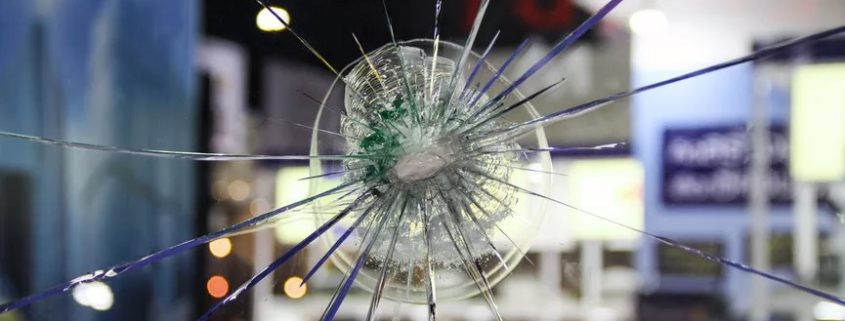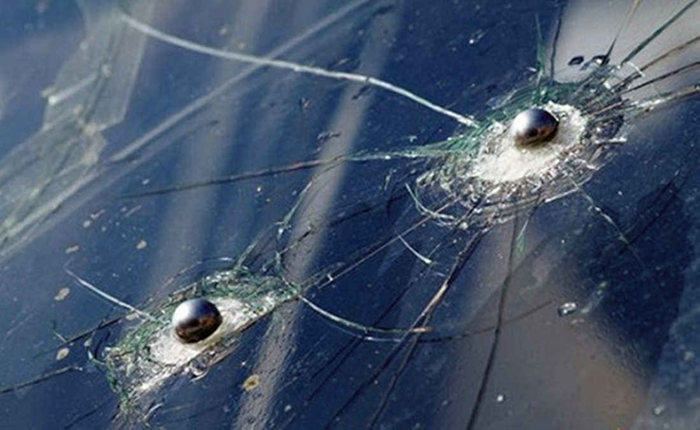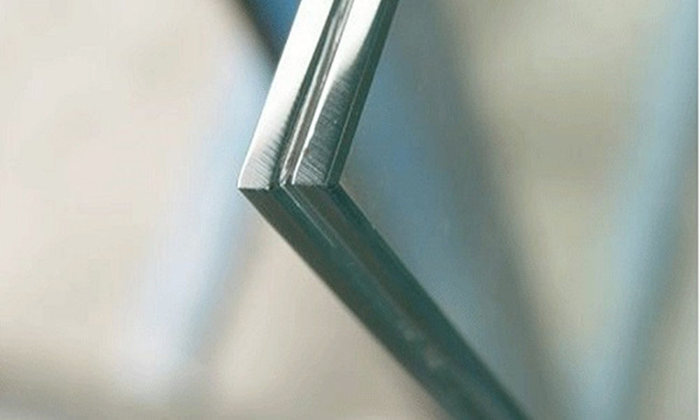What is the main component of bulletproof glass? How does one-way bulletproof glass work?
Some friends who are concerned about the glass industry may often hear people mention bulletproof glass. We often come across all kinds of glass materials, but because many people don’t know enough about the glass industry, they have a variety of problems around it. To help you get a deeper understanding of the main components of bulletproof glass, and how one-way bulletproof glass works.
1. What is the main component of bulletproof glass?
Bulletproof glass: Bulletproof glass refers to glass that has the ability to protect the bullets while having the transparency and transparency of glass. The bulletproof principle of bulletproof glass is that it can convert the impact kinetic energy into the elastic potential energy and debris of the glass. Surface energy. Bulletproof glass is actually made of transparent glue to bond multiple pieces of glass or high-strength organic board together. Generally, there are the following three layers:
?Bearing layer: This layer is first subjected to impact and rupture. Generally, glass with large thicknesses and high strength can damage the warhead or change the shape of the warhead, so that it loses its ability to move forward.
?Transition layer: generally adopts organic glue material, which has strong adhesive force and good light resistance. It can absorb part of the impact energy and change the direction of advancement. A very strong and transparent chemical film is sandwiched in the laminated glass. This not only effectively prevents shooting. , but also has anti-surge impact, anti-explosion, anti-seismic and impact without impact, and other characteristics.
?Safety protection layer: This layer is made of high-strength glass or high-strength transparent organic material. It has good elasticity and toughness. It can absorb most of the impact energy and ensure that it cannot pass through this layer.
According to the degree of protection of the human body, bulletproof glass can be divided into two types, one is the safety type, the other the life safety type. After being shot, the safety-type bulletproof glass has no splash on the non-elastic surface, not on the human body. It constitutes any injury; after the gunshot of life-safe bulletproof glass, there is a spatter splash on the non-elastic surface, but it can not penetrate the glass, which may cause secondary damage to the human body. Bulletproof glass has different anti-ballistic abilities according to different gun types. Requirements. Bulletproof glass is divided into three series, one is aviation bulletproof glass, the other is bulletproof glass for vehicles and ships, and the third is bulletproof glass for banks. The thickness is between 18mm and 40mm.
2. How one-way bulletproof glass works
One-way bulletproof glass is usually made in two layers: a fragile layer on the outside and a pliable layer on the inside. When a bullet is shot from the outside, the bullet will hit the fragile layer and break an area. This will absorb the kinetic energy of some bullets and spread kinetic energy in a larger area. When the slowed bullet hits the flexible layer, it is blocked. However, when the bullet is shot from the inside, it will hit the flexible layer first. Bullets can puncture a pliable layer because its energy is concentrated in a small range, and the brittle layer shatters outward when the flexible layer bounces outward and does not hinder the progress of the bullet.
Bulletproof glass is a glass that has the ability to protect the shooting while having light transmission and transparency properties of the glass. The bulletproof principle of bulletproof glass is that it can convert the impact kinetic energy of the bullet into the elastic potential energy of the glass and the surface energy of the debris.







